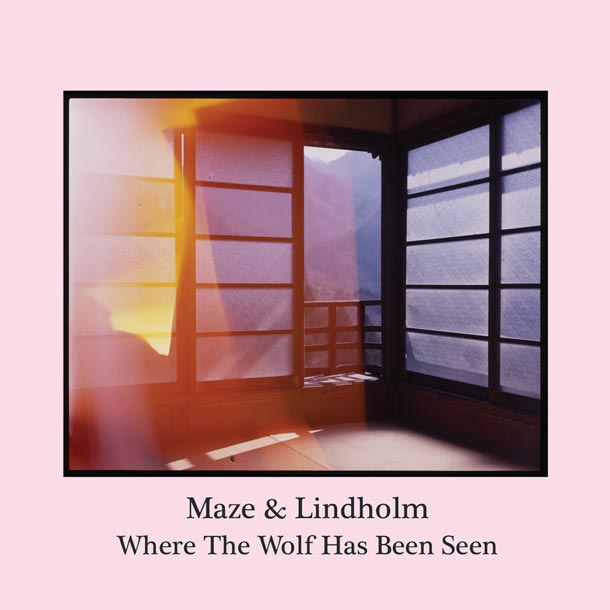MAZE & LINDHOLM, Where The Wolf Has Been Seen

Dopo un periodo di rallentamento, sembra che Aurora Borealis abbia ripreso velocità: in passato ha scoperto The Haxan Cloak e Pietro Riparbelli, inoltre sul suo catalogo ci sono KTL, Guapo, The Stargazer’s Assistant, Menace Ruine, Grumbling Fur… Non sorprende dunque che abbia pubblicato questo disco dei belgi Maze & Lindholm, anzitutto perché il primo (Pierre de Muelenaere), assieme a Yannick Franck della Idiosyncratics, è Orphan Swords, duo dark techno sul quale l’etichetta sembra puntare, poi perché – come si è visto – è palese una predilezione per gli album atmosferici.
Il lavoro di Otto Lindholm sul contrabbasso è ottimo su tutti i suoi dischi che ho sentito, nel senso che attraverso pedali ed effetti è capace di creare un drone cupo, denso e profondo. Su questo Where The Wolf Has Been Seen lui si muove dalle parti dei Mohammad, ma c’è più di qualche accenno di melodia. Maze, col suo armamentario elettronico, è altrettanto scuro, essenziale e potente: zero battiti, solo drone e qualche loop molto semplice. Lindholm forse si prende più spazio nella prima metà, Maze invece sembra alzare il livello di abrasività nella seconda parte, molto più elettrica e crepitante, ma in realtà spesso s’intrecciano e uno completa l’altro: insieme, in qualche modo, accedono a una dimensione tragica e non si può rimanere loro indifferenti.
Nulla che non si sia mai sentito, anche perché – come già scritto – l’approccio è di quelli “less is more”, ma è il caso che chi ascolta questi generi dia loro una possibilità.
